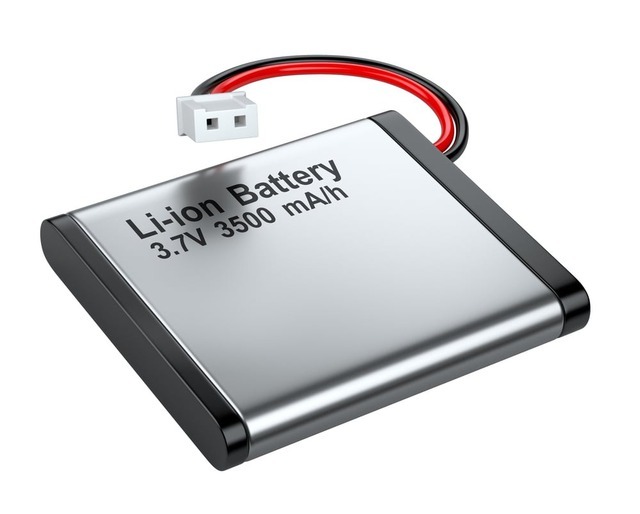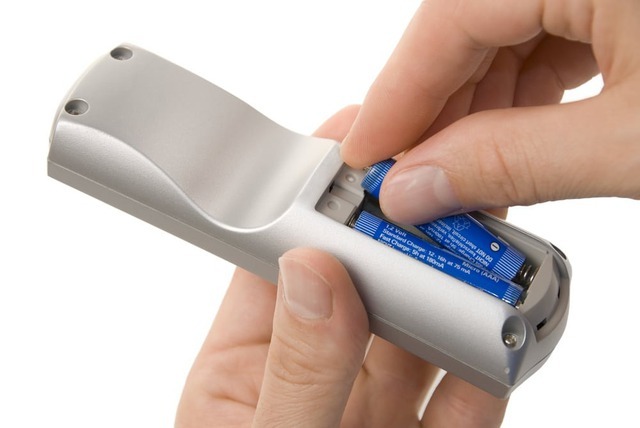Discover why batteries are often arranged in reverse directions. Learn about efficient battery configurations and their impact on device performance.
Batteries are commonly arranged in reverse directions and adjacent to each other to facilitate smooth current flow without the need for additional hardware. When batteries are arranged in a series, the positive (+) and negative (-) terminals must be connected alternately, making this design more efficient and straightforward.

Think back to your childhood and the excitement of unwrapping a brand-new toy—a remote-controlled car, posable action figures, flashing musical lights, or even a toy cellphone. After tearing through the wrapping paper, the most crucial item you needed to find was the battery to power it up and start playing. However, one thing you surely noticed and have seen hundreds of times since then is the visual instruction on batteries requiring you to insert them in opposite directions.
Indeed, arranging battery cells in a row with alternating directions isn’t difficult, but it raises the question – why are batteries designed this way?
Before delving into the intricacies of integrating batteries into product design, let’s take a quick look at batteries. Batteries, quite simply, are collections of electrochemical cells with external connections that allow them to supply power to electronic devices. From small batteries for hearing aids and smartphones to large batteries for electric cars, some basic components of batteries remain unchanged.

When using batteries, the positive terminal connects to the negative terminal, and the negative terminal connects to the positive terminal. Electrons flow from the external circuit into the positive terminal and move to the negative terminal. Oxidation-reduction reactions occur, converting high-energy reactants into low-energy products; the remaining energy is then available for devices or products to use as electrical energy, providing power to the device.
Essentially, the chemical energy in batteries is converted into electrical energy in the form of direct current (DC). The chemicals contained in batteries are usually acids and are referred to as electrolytes. Batteries themselves can be made from nickel, lithium, cadmium, lead, mercury, and alkaline, all with their own advantages and disadvantages. Nowadays, lithium-ion batteries have become extremely popular due to their high energy density, allowing them to provide much energy from a small source and high rechargeability.

Traditional batteries used to have multiple cells connected together, but modern batteries can contain multiple cells within themselves. However, when multiple batteries are used together, they are often arranged in series, allowing them to double both voltage and ampere-hours (the amount of charge stored in a battery that will allow one ampere of current to flow for one hour). Another option for batteries is to be arranged in parallel (increasing ampere-hours while maintaining voltage), but this option is not suitable for devices that may require a higher voltage level.
When multiple batteries are arranged in series, the positive and negative terminals of adjacent cells must be connected; this is how current can flow through, completing the electrical circuit and providing power to the device. With that in mind, arranging batteries in a crisscross pattern—battery packs with positive terminals facing upward, followed by packs with negative terminals facing upward—is efficient.

If batteries are arranged with like terminals facing the same direction, all facing in the same direction, then a secondary wire must be introduced into the design to connect the positive and negative terminals of adjacent batteries, resulting in more material waste. However, with batteries arranged in the upward-facing pattern and connecting positive and negative terminals with a metal bar rather than a wire, the design’s efficiency and performance are improved. Considering the orientation of batteries (in a row or adjacent), that depends on the overall shape and other physical components of the product.


